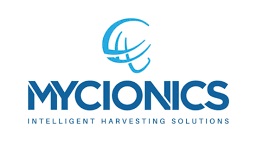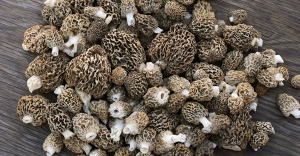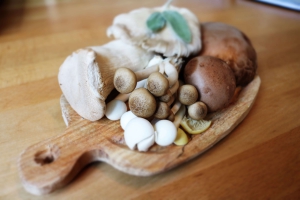The first person to introduce the cultivation of mushrooms in the town was William Swayne, a Quaker who had been growing carnations for years. Swayne, a mushroom enthusiast, began growing mushrooms to utilize space under elevated beds. After importing mushroom spawn from Europe, he began experimenting. Today, Kennett holds an annual Mushroom Festival in early September.
Throughout the years, the mushroom industry in Kennett Square has grown to an international level. The city has a long history of integrating new immigrants into its economy. Many immigrants in the past have been Quakers, while others have been Latino and Guatemalan. Today, the city is home to a robust food supply, robust healthcare system, and a thriving mushroom industry.
Kennett Squares Mushroom Industry
Today, 65% of all the mushrooms in the United States are grown in the town of Kennett Square, PA. Other towns have indeed produced mushrooms, but only Kennett Square has the title of The Mushroom Capital of the World. However, a little-known fact is that the town became the Mushroom Capital of the World by accident, as settlers from Italy and Mexico settled the area after the Quakers.
Please read the full article here.
Source: Phillybite
Oakfield Champignons BV wants to grow exotic mushrooms as sustainably and circularly as possible. This starts at CNC Grondstoffen where the substrate is produced and ends at a cow shed where the residual flows are used as bedding.
Exotic mushrooms are increasingly appearing on retail shelves. For example, Albert Heijn has included king oyster mushrooms from mushroom grower Oakfield Champignons in its range.
The process from the formation of the substrate to the harvest of the mushrooms can be seen in below video (in Dutch).
Original Dutch article
Oakfield en CNC vinden duurzame route in exotische paddenstoelen
Oakfield Champignons BV wil de kweek van exotische paddenstoelen zo duurzaam en circulair mogelijk uitvoeren. Dat begint bij CNC Grondstoffen waar het substraat wordt geproduceerd en eindigt bij een koeienstal waar de reststromen als bedding worden gebruikt.
Exotische paddenstoelen duiken steeds vaker op in de schappen van de retail. Zo heeft Albert Heijn koningsoesterzwammen van paddenstoelenkweker Oakfield Champignons opgenomen in het assortiment.
Het proces vanaf de vorming van het substraat tot de oogst van de paddenstoelen is te zien in deze video.
Source: ‘Food & Agribusiness/Misset Doetinchem’.
The most expensive exotic mushroom!
Recently the gucchi mushroom has been given a geofgraphical indication (GI tag). The gucchi mushroom is the most expensive exotic mushroom in the world and grows in the Jammu and Kashmir Doda District in India. A geographical indication is a sign used on products that have a specific geographical origin. In order to function as a geographical indication, a sign must indicate that a product comes from a specific place. In addition the qualities, characteristics or reputation of the product are due to the place of origin. The gucchi mushrooms cannot be grown commercially. They grow wild in the foothills of the Himalayas. They take months to gather them and they never grow in the same place. For these reasons, the gucchi mushrooms are very expensive. A kilo costs around 20,000 rupees, which is around 225 euros. The gucchi mushrooms are rich of vitamins, potassium, copper and vitamin D. Due to the many antioxidants, the gucchi mushroom can prevent health problems such as heart disease and diabetes.
The story of Valon Bahtiri (32) from Hagen reads like a boy's book. From Maasdijk in Westland, this young director runs Europe's largest exotic mushroom company. He came here as a political refugee and is now director of an internationally operating organization.
Please click here for the complete article, for our dutch readers
Source: Algemeen Dagblad























